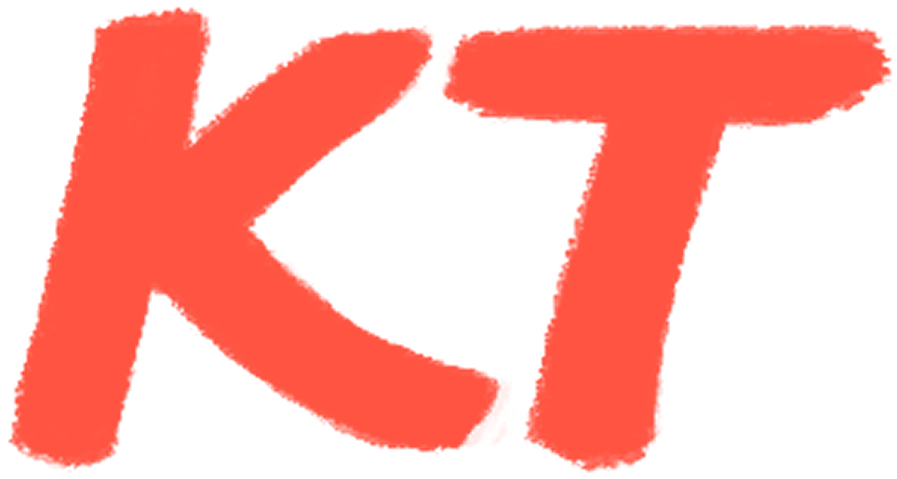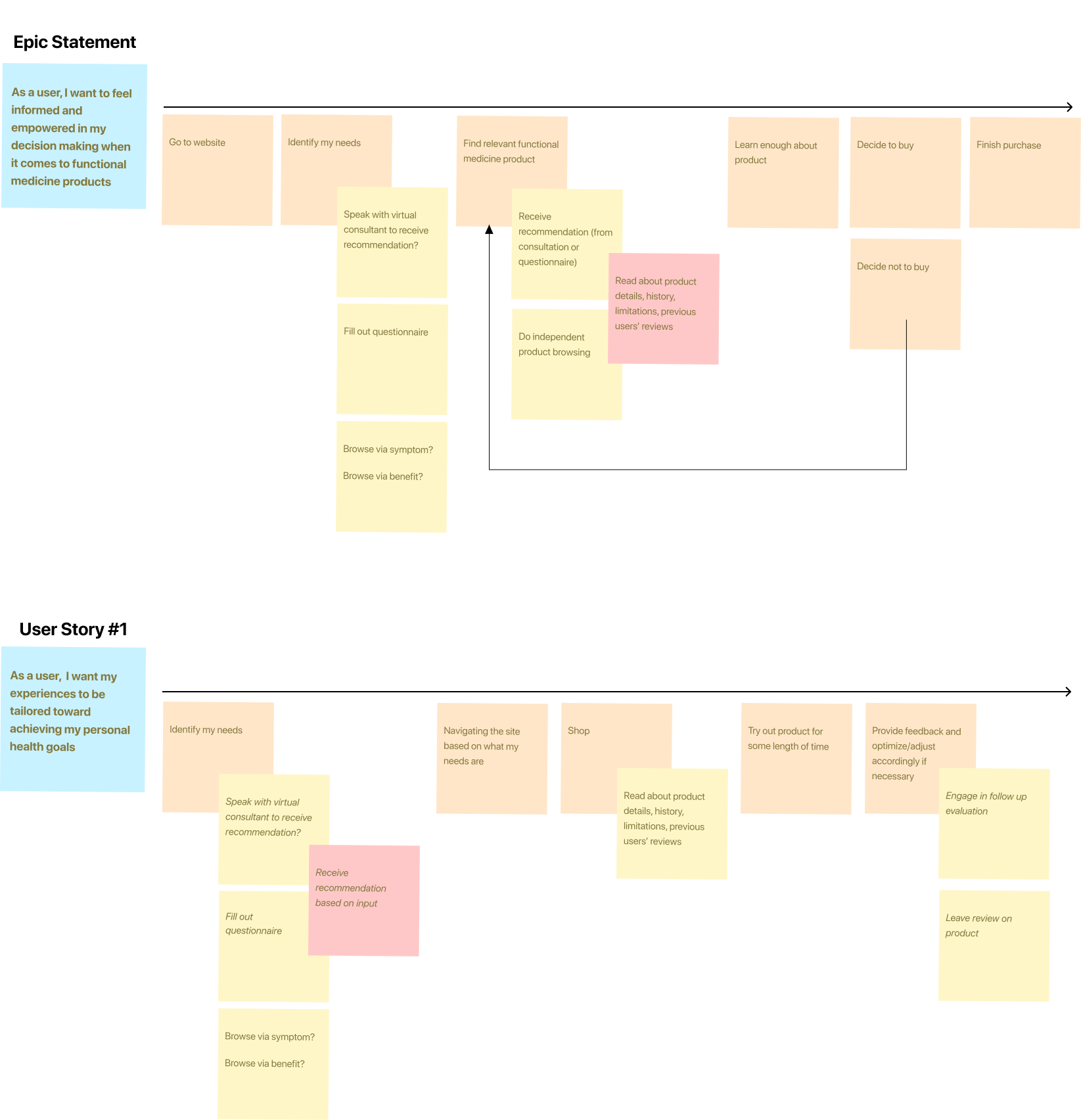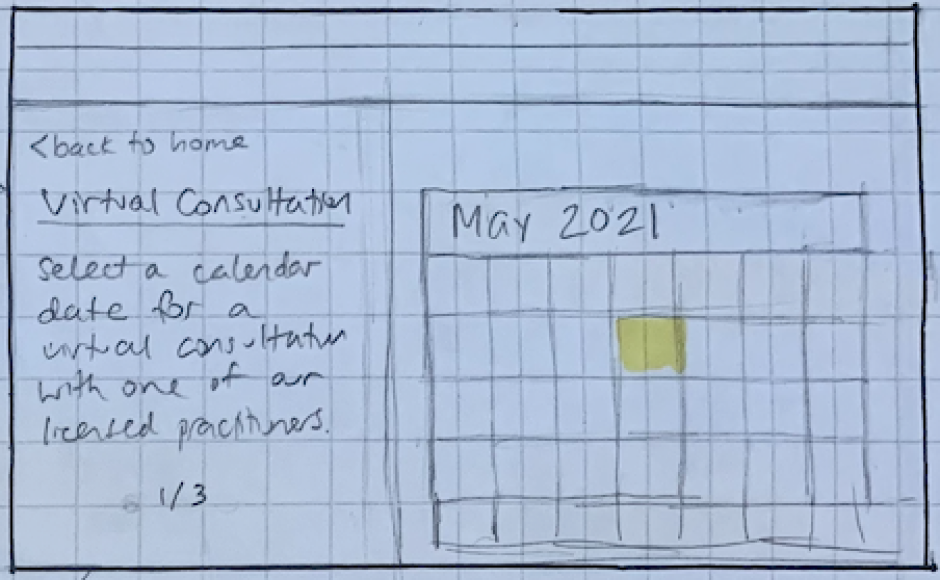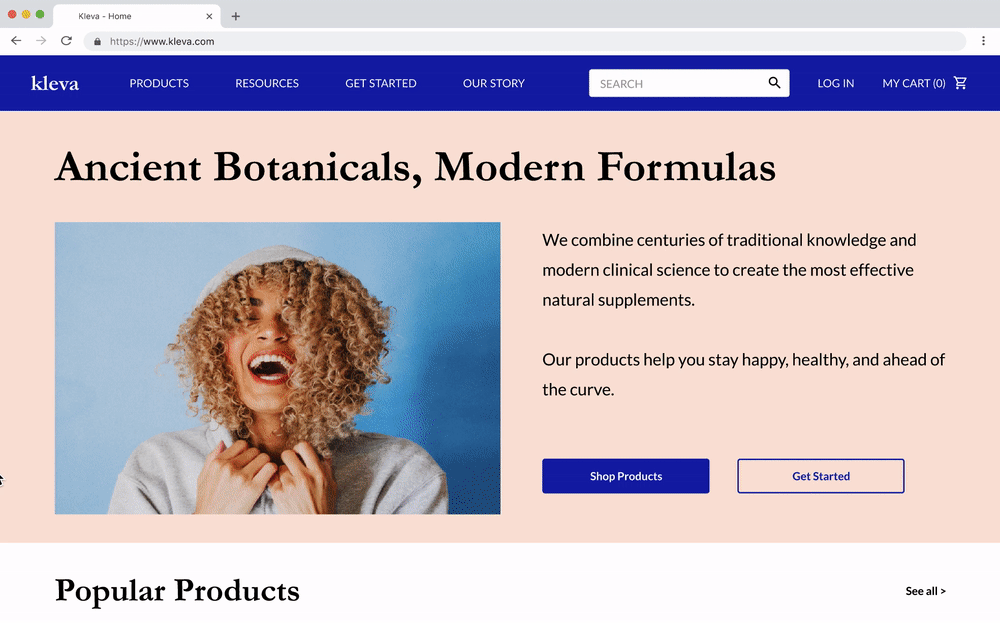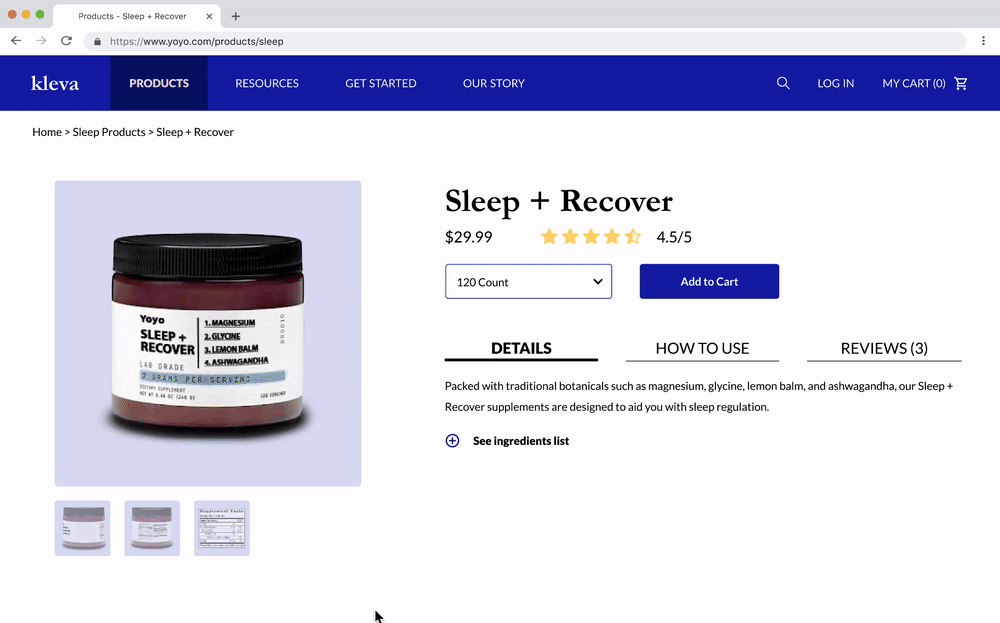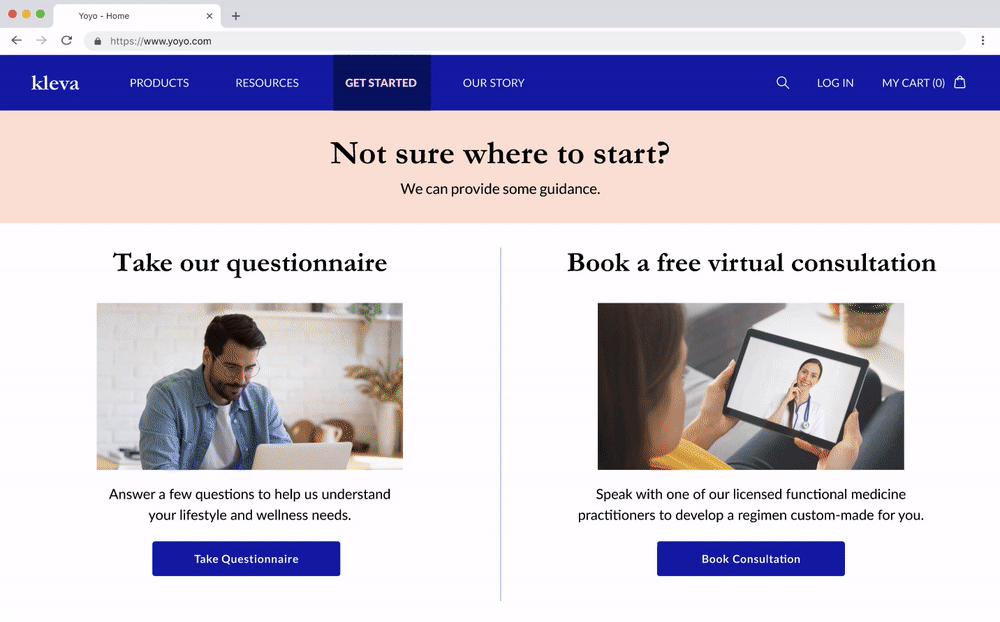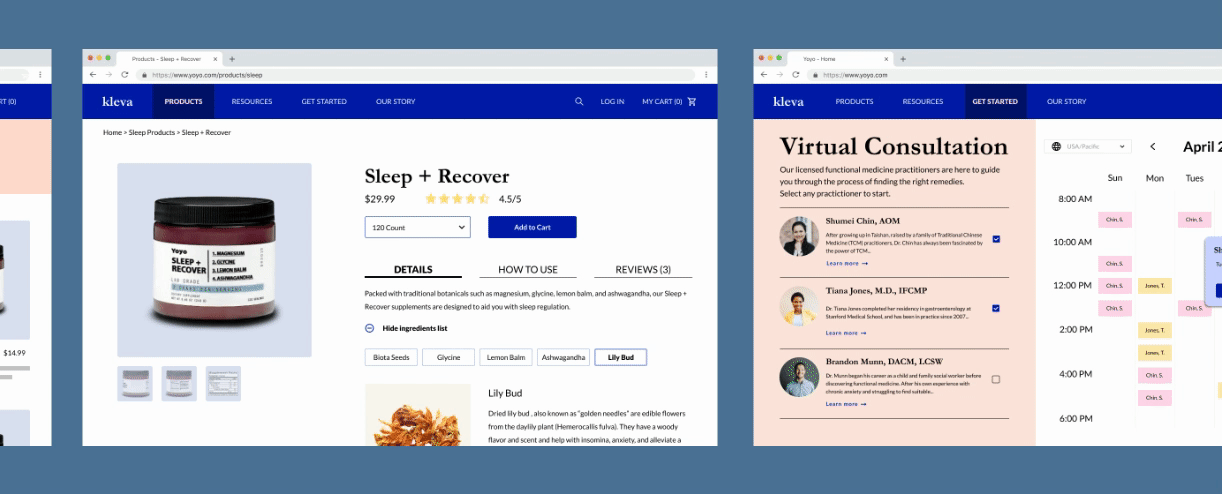

Ancient ingredients, modern formula
about the project
While Traditional Chinese Medicine (TCM) has existed and circulated for centuries, it still has yet to find a space within a larger Western audience.
Kleva is a website designed to sell, promote, and educate its users about the benefits and origins of TCM.
project goal
Design Kleva's new e-commerce website
In 2019, Kleva was one of the first B2C companies to sell and distribute at-home PCR COVID-19 test kits. But as tests became more accessible to the general public, Kleva needed to focus on their next venture.
I joined the team in May of 2020 for an approximately month-long collaboration. Within a one-month timeline, I had two primary goals:
- Understand the source(s) of stigmatization behind TCM
- Design an ideal website experience based on research findings
initial research
I conducted interviews to understand TCM's slow market growth in the U.S.
Market research had been conducted to validate the market for TCM. While it was an emerging industry, it had a slower growth rate in the U.S. than in other countries.
To better understand why, I interviewed five partipants who either had moderate to high experience with TCM, or had little to no experience yet carried interest in TCM.

Younger folks were less inclined due to feeling no urgency
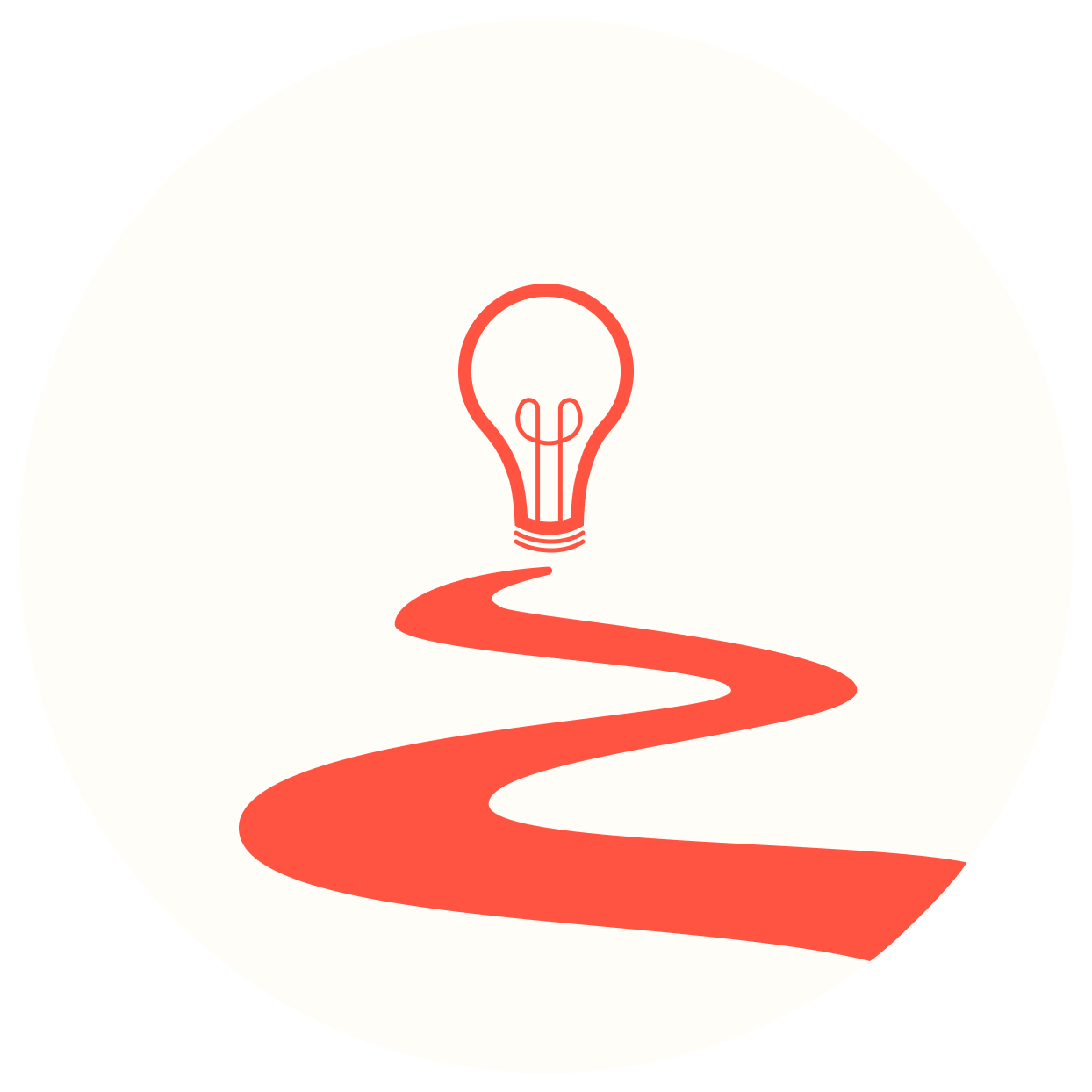
Non-users want guidance, unlike experienced users
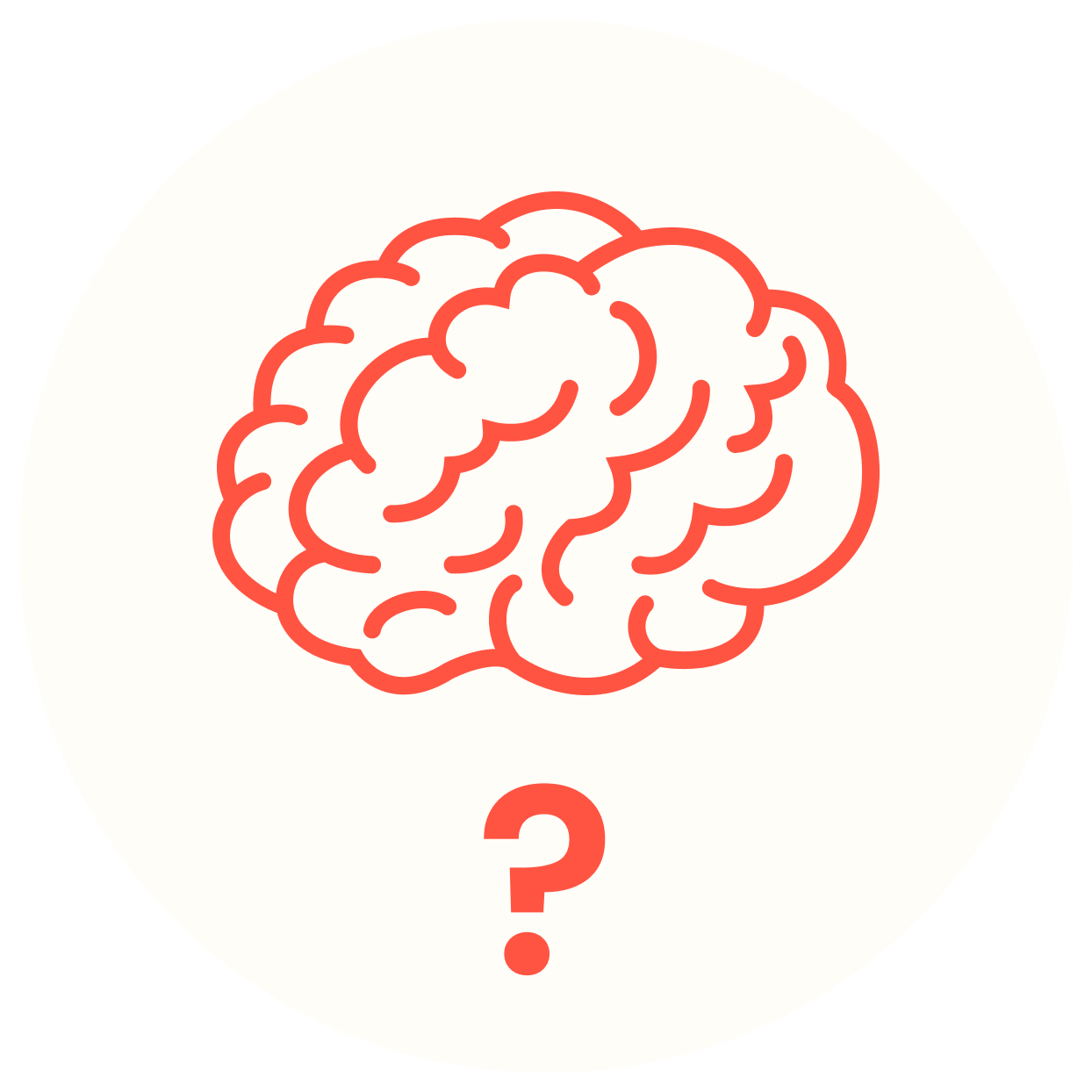
Non-users need to spend a lot of time to understand TCM
synthesis & Insights
How might we help users feel informed and confident in purchasing TCM products?
Two User Types
One user wanted guidance and advice, yet another user who preferred to make their own choices and do their own research. What would a product look like that could cater to both?
A website for more than just shopping
Kleva's website needed to be more than just e-commerce-- it needed to provide educational tools for the user to better understand their own health needs and TCM.
low-fidelity wireframes
Using competitive analysis to drive design decisions
In the process of iterating my first designs, I conducted competitive analysis on other products and websites to assess what elements would work well with Kleva.
Shopping smart for TCM products
Other e-commerce sites for holistic products were typically sorted by ailment or desired effect.
Sorting and filtering elements were more easily accessible than a standard shopping experience.
usability testing
Users want more options and easier access to content
After completing my first iteration of Kleva's MVP, I conducted usability testing with five participants.



User Testing Feedback
- Users want higher levels of filtering since TCM products typically have many ingredients
- Users validated the desire for educational resource concept, but want to learn about products while they are browsing
- Not all users want to commit to a virtual call-- some would prefer a more independent method of consultation
final designs
Kleva: A one-stop shop for buying and learning about TCM
Ancient formulas, modernized
Browse through Kleva's products, with options to sort by product form, treatment, and ingredient
Why?
Less experienced TCM users tend to prefer more product guidance during their shopping experience, which would increase likelihood of purchase.
Learn about TCM ingredients
Read about each of a product's ingredients, including its properties, its history, and its intended effects.
Why?
Experienced users prefer to do their own research while non-users don't know where to access the right information— providing an educational resource tends to both user needs.
Receive consultation via assessment or video conference
Professional medical practitioners can guide users toward the right product for them. Alternatively, users can opt for a self-led questionnaire.
Why?
This solution caters to both the use case of wanting an individual consultation along with wanting a guided, practitioner-led one.
final thoughts and takeaways
Questions for future iterations
My collaboration with Kleva was only a month-long, so I was not able to test my new designs or iterate any further. However, in closing out this project I discussed what assumptions I had, and what ideas needed to be validated in the future:
- How might we increase objectivity and standardization in the resources glossary, so as to build trust and credibility as a resource for TCM knowledge?
- How might we create to the experience of converting a young, non-experienced TCM user toward an experienced, TCM-leaning user in order to boost customer conversion and retention?
Things don't always go as planned, be prepared to pivot
This was my first UX project outside of my design program. As such, it was my first foray into tending to stakeholder needs as well as user needs. During my collaboration I learned about the important of being able to advocate for my work and my process. Despite that, it was important to also understand ideas often don't move past the whiteboard-- and that's okay. It's part of being a UX designer.
